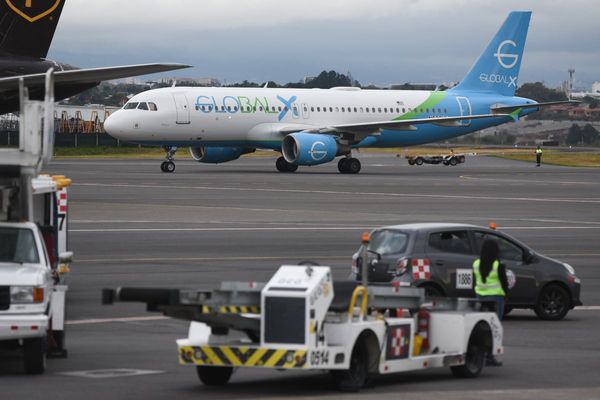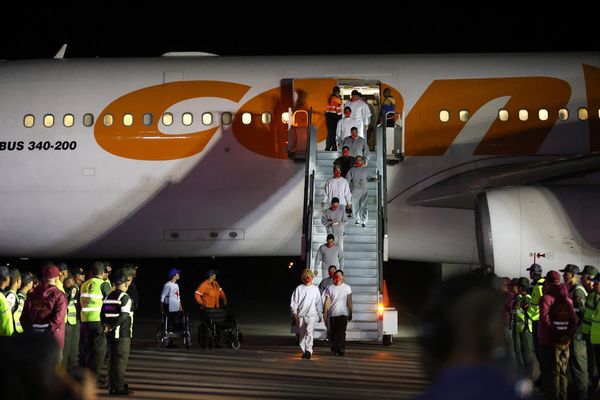
Signallers are the unheralded glue that holds the army together, but after 100 years they are finally getting their day in the sun.
Past and present Royal Australian Corps of Signals members travelled from across the country on Friday for a parade at the Shrine of Remembrance to mark a century since the corps' formation.
Members of the corps are responsible for the Australian Defence Force's communication systems, including computer, radio and other telecommunication systems, electronic warfare and cyber security.
A formal order was issued on February 14, 1925 for signallers to separate from engineers after the groups fought side by side in WWI.
The corps' head Deane Limmer pointed out the irony of the "break up" occurring on Valentine's Day, but noted the units remained chummy and were marching together on Friday.
"It's a bit like us and the Kiwis," the brigadier told AAP.
Similar celebrations were held at barracks in Watsonia, in Melbourne's outer north, to commemorate the 50th anniversary.
Major Ken Mackenzie, a Yarra Valley local who served almost 40 years in the corps, was there that day and recalled a large tent full of army radios being set up.
"We ran a ham radio network around the world," he said.
Signalling is in Mr Mackenzie's blood, with his parents Ken and Rita both serving in the corps during WWII.
He never considered any other career, declaring the "family tradition" a calling.

Technology has exploded exponentially since he retired in 2002 after serving abroad in places such as Malaysia, Cambodia, Vietnam and Indonesia.
"I've been out of it 22 years or 23 years," Mr Mackenzie said.
"I probably wouldn't recognise it ... I'd have to start from scratch and learn it all over again."
Signallers train for war but their roles extend beyond that, including combating hackers, peacekeeping missions and expanding communication networks overseas.
They recently installed an emergency radio network in Vanuatu, an invaluable asset when the Pacific nation was responding to a devastating 7.3 magnitude earthquake in December.
In Mr Mackenzie's experience, every day was different as a signaller.
"Signallers are the glue that holds the army together," he said.
"Nothing works without communications.
"Security around communications has always been a requirement. I think the Germans learnt that to their misfortune during the second world war."

Aunty Lorraine Hatton, who flew down to Melbourne from the Gold Coast for the ceremony, spent her entire 21-year career in the signals corps.
She remembers the exact day she enlisted, January 14, 1986.
Ms Hatton was the first Aboriginal woman promoted to warrant officer in the army's history in 2003 and broke new ground again in 2006 when appointed communications manager to the special forces task group in Afghanistan.
The war zone deployment was the pinnacle of her career and she has left a legacy for generations to come.
The complexion of the army has evolved, with more women and Indigenous people serving after a change of direction in the mid-1980s.
"I just happen to be both," said Ms Hatton.
The modern-day signal corps are made up of about 3000 trained personnel, with roughly 13 per cent of those women.







